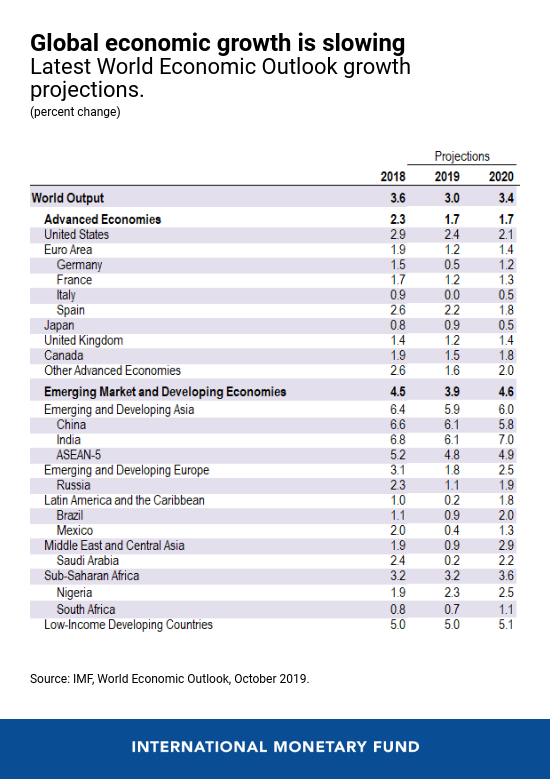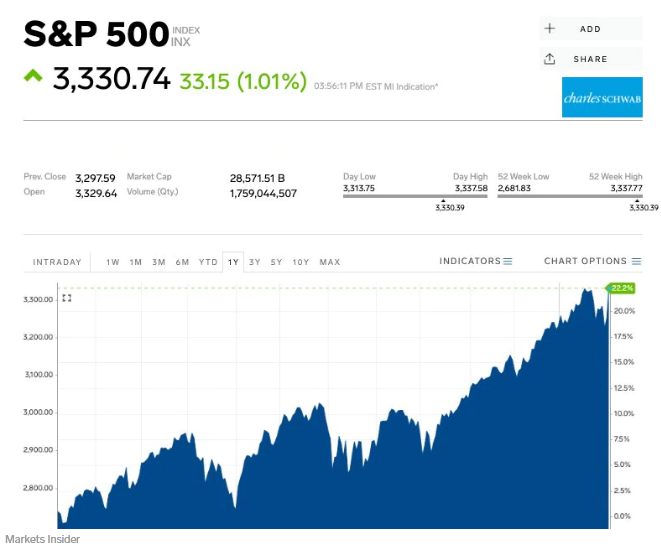February 8, 2020
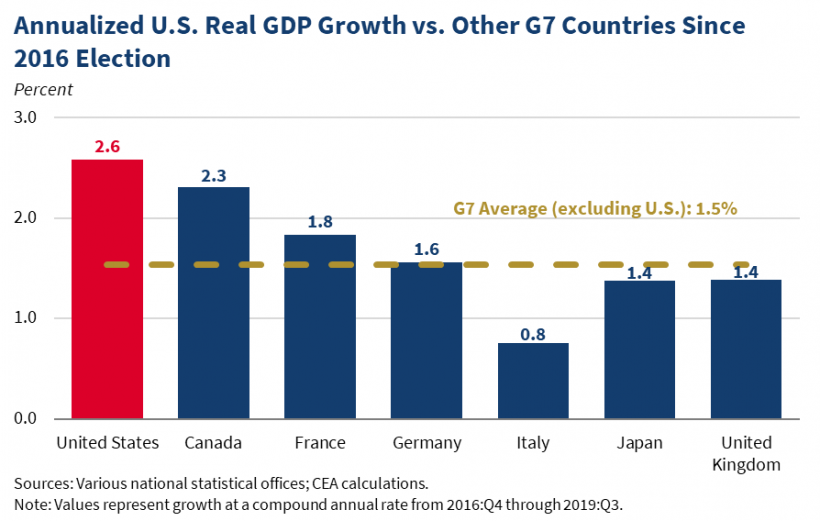
written by Net Advisor™
WASHINGTON, DC. Global growth has not been very stellar for most of the world. The U.S. has managed to continue to grow the American economy when the rest of the world has been slowing.
India and China have the largest growth rates however also slowing. China’s stock market has not done so well since President Trump was elected.
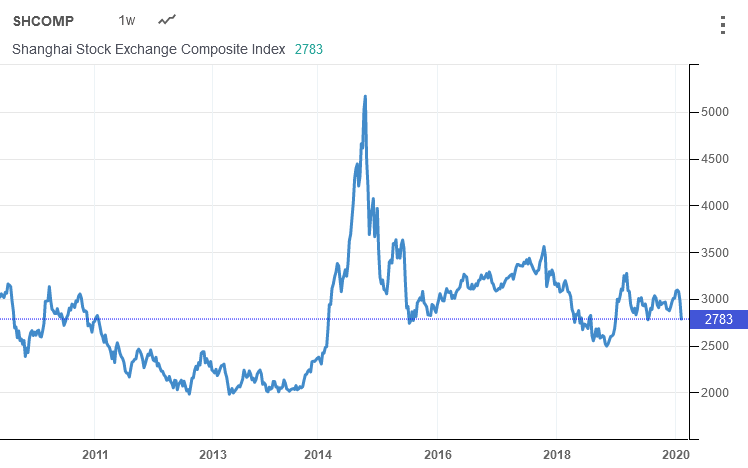
China’s stock market plunged 7.7 percent in a single day over Corina Virus concerns. Officially, there are some 45 million Chinese under quarantine due to the virus concerns, yet the city where the virus reported originated, Wuhan, has a population of only 11 million.
Despite Corona Virus concerns, China’s economy has been slowing for the past 12 years.
China’s economy has been trending to lower growth for the last 12 years.
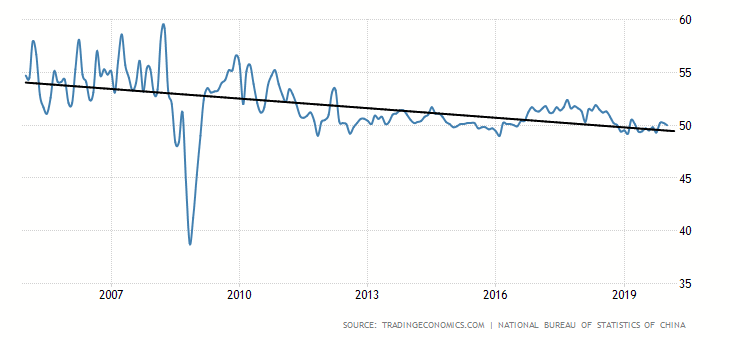
Part of the China economic slowdown could be that their economy is not exactly a 3rd world nation anymore. It’s hard to grow an economy at six to eight percent a year when you are the world’s second largest economy.
Global Growth Downgraded.
The IMF downgraded 2019 global growth to three percent. For 2020, the World Bank estimates global growth at 2.5 percent. Both argue that part of the slowdown is from ‘trade wars’ and ‘political uncertainty.’ Keep in mind that both organizations are driven by non-elected bureaucrats who supported unfair trade practices (toward the U.S.), and globalization of markets. Both support the status quo which had been harmful to U.S. jobs, kept U.S. wages depressed, and supported trade deals that benefited foreign, not U.S. countries.
U.S. Trade: NAFTA Replaced by USMCA.
The Trump Administration signed into law a new trade deal (USMCA) to replace NAFTA that is to be fairer for U.S. workers and U.S. trade. U.S. stock markets moved higher on the anticipation of the new trade deal last month.
The previous NAFTA trade deal drove investment money out of the U.S. and into Canada and Mexico.
The result caused the loss of over one million American jobs, exported U.S. auto manufacturing to mostly Mexico with cheap labor, created over $6 Billion in losses to American farmers, further depressing wages (NAFTA 20-year Report).
FED Cut Rates Three Times in 2019, After Nine-Rate Hikes.
The U.S. Federal Reserve Bank cut rates three times in 2019, but only after increasing rates nine times from December 2015 to December 2018. We think the previous rate hikes were unnecessary and placed the U.S. economy at recession risk. The WORST thing the FED could do is raise rates if there is the risk of a slowing or lackluster economy.
Now that the FED woke up to reality, the FED should keep rates at historically lower levels. We don’t know if there will be a FED rate cut this year, but if the FED were to move, it would be most likely before June 2020 depending on economic conditions at that time.
U.S. Economy Booming: Unemployment Down, Wages Up.
Despite international economies slowing, new U.S. domestic policies since 2017 dramatically cut government regulations and taxes, especially on business. The result has dramatically helped the U.S. economy with record-low unemployment, increased income for Low Income Workers, the Middle-Class, and for Afro-Americans (Report). In fact, Middle-Class income is now at a record high.
The strong U.S. Domestic economy has driven the U.S. stock market to record highs.
Last December 2019, NASDAQ hit 9,000 for the first time in U.S. history.
Despite international economic issues, U.S. job growth continues to surge. The Bureau of Labor Statistics (BLS) reported in January 2020, non-farm payrolls (new U.S. jobs) rose by 225,000. Average hourly earnings (wages) increased by .02 percent in January. U.S. wages are now up 3.1 percent over the last year.
As for the ‘trade war,’ China has slashed tariffs on $75 Billion of USA-made goods.
The U.S. took measures over the last three years to boost the domestic economy, jobs, and wages, all without new regulations or higher taxes. Naysayers clearly have been economically clueless that lower taxes, cutting regulations, better trade deals, and stronger US. leadership actually has helped America.
Maybe global economies might want to follow a similar model to restart their economies?
If you liked this article, please “like us” on Facebook or share on Twitter or through your favorite social network. We are a non-profit education media org.
Images/ graphics copyright by their respective owner. Original content copyright ©2020 NetAdvisor.org® All Rights Reserved.
NetAdvisor.org® is a non-profit organization providing public education and analysis primarily on the U.S. financial markets, personal finance and analysis with a transparent look into U.S. public policy. We also perform and report on financial investigations to help protect the public interest. Read More.

